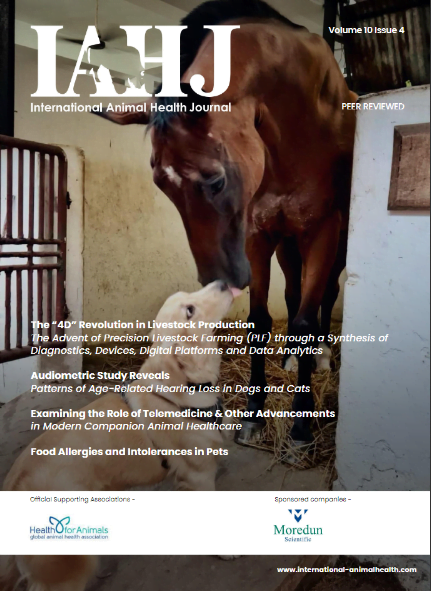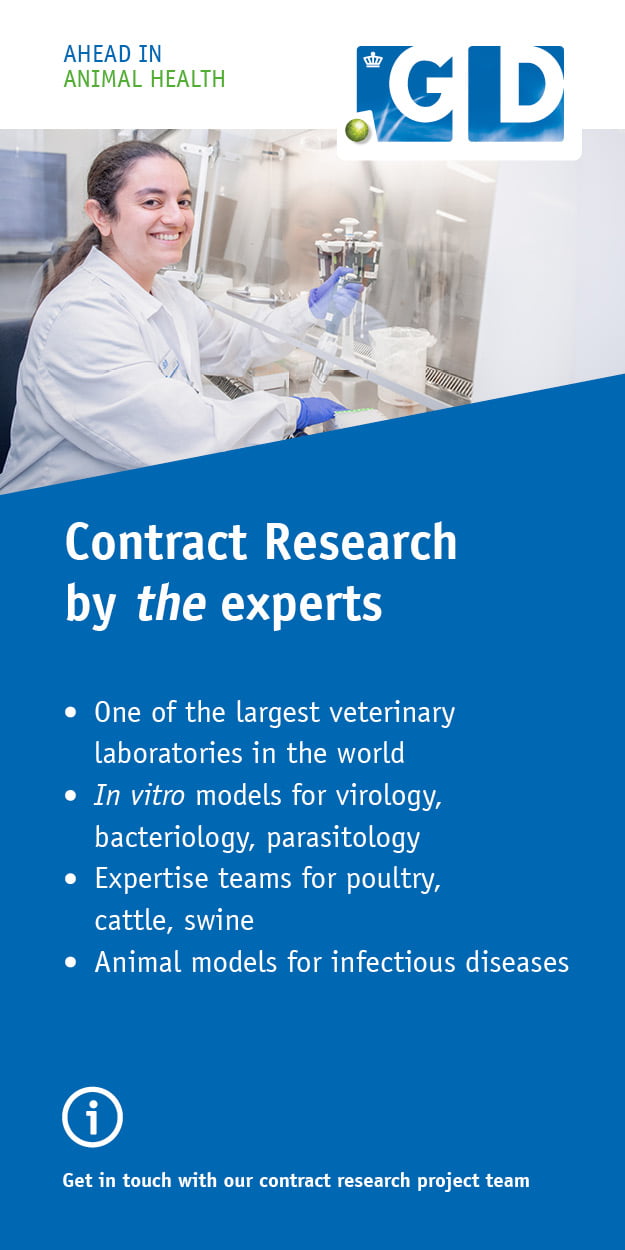Having recently read a young girl’s letter entitled ‘My Dream Job’ provides a good illustration of some of the underlying reasons for compassion fatigue in the veterinary industry. Her dream job is full of recognition and love where she can treat sick animals that she can’t bear to see suffer; where she can alleviate their illness with her own two hands, and where her job is her calling. Fast forward and this girl will be met with reactions such as “You are a vet? What a beautiful profession, I also wanted to be a vet.” Yet behind the curtain, she will be one of 74% of veterinarians who are stressed and burnout if she works in the UK (BVA, 2020), and one of 50.2% feeling burnout or one of 58.9% feeling compassion fatigue if she works in the US (Ouedraogo et al., 2021).
Being a veterinary professional is one of the most fulfilling occupations. However, it comes with a lot of hardship that needs to be managed otherwise we find ourselves in a downward spiral. Not only is burnout dangerous for the individual, but it is also detrimental for the veterinary business and the whole profession. A recent study from the Cornell Centre for Veterinary Business and Entrepreneurship has found that workplace burnout is costing the veterinary industry $2 billion annually in the US (Neill et al., 2022). While it’s not all about the money, of course, putting this very human issue into financial terms may make it more tangible for some. This high burnout rate is followed by difficulties in retaining and recruiting veterinary professionals into clinical practice, with 43.7% of vets in the UK actively thinking about leaving their employment (Hagen et al., 2020). The most frequent reason, at 41.2%, for wanting to leave is due to poor work-life integration.
What Does Work-life Integration Have to Do with Burnout?
Work-life balance or work-life integration is typically defined as a state of well-being that can be maintained through effective management of multiple work and non-work-related responsibilities, and with minimal stress-related outcomes (Figure 1). The Cornell study mentioned above, defined burnout according to the World Health Organisation (WHO) as a syndrome “resulting from chronic workplace stress that has not been successfully managed”. While reasons for any outcome are often multifactorial and there is no one best linear solution to a problem, we could sum up that to aid retention of happy and fulfilled vets in clinical practice, we need to primarily improve their work-life integration, which largely means avoiding stress-related outcomes that may lead to burnout in the long run.
Compassion Fatigue – A Type of Burnout
Burnout can be classified into three types:
- Overload burnout, where the person works harder than ever to the point of risking their health, feels obligated to work at an unsustainable pace, and often results in physical and mental exhaustion 2. Under-challenge burnout, where the person loses passion and joy for their work, is not being stimulated by the job and is often accompanied by feelings of boredom and lack of learning opportunities by doing too little
- Neglect burnout, where the person loses a sense of purpose, finds it hard to stay engaged and is unable to keep up with the demands because they feel helpless in the case of challenge











